Identification of Enzalutamide-Related Genes for Prognosis and Immunotherapy in Prostate Adenocarcinoma
- PMID: 40656519
- PMCID: PMC12253995
- DOI: 10.1155/humu/9755727
Identification of Enzalutamide-Related Genes for Prognosis and Immunotherapy in Prostate Adenocarcinoma
Abstract
Enzalutamide is classified as a novel antiandrogen medication; however, the majority of patients ultimately develop resistance to it. Consequently, conducting an in-depth investigation into potential targets of enzalutamide is essential for addressing the drug resistance observed in patients and for facilitating the discovery of new therapeutic targets. The SwissTargetPrediction database was used to identify targets linked to enzalutamide and to assess these targets in the prostate adenocarcinoma (PRAD) dataset sourced from the TCGA database. By employing various datasets and applying different machine learning methods for clustering, researchers constructed and validated both diagnostic and prognostic models for PRAD. A correlation analysis with the androgen receptor revealed TDP1 as the gene most significantly associated with enzalutamide. In addition, this study examined the relationship between TDP1 and immune infiltration. The expression levels of TDP1 and its prognostic correlation in PRAD patients were validated through immunofluorescence staining of 60 PRAD tissue specimens. Cluster analysis revealed a notable correlation among the 24 genes related to enzalutamide with regard to both prognosis and immune infiltration in PRAD patients. The diagnostic model, which incorporates various machine learning techniques, exhibits robust predictive ability for PRAD diagnosis, while the prognostic model employing the LASSO algorithm has also shown encouraging outcomes. Among the various prognostic genes linked to enzalutamide, TDP1 stands out as an important indicator of prognosis. Furthermore, immunofluorescence experiments confirmed that an increased expression of TDP1 is associated with a worse prognosis in patients with PRAD. Our results underscore the substantial potential of TDP1 as a novel diagnostic and prognostic biomarker for individuals diagnosed with PRAD.
Keywords: biomarker; enzalutamide; gene function; machine learning; prognosis.
Copyright © 2025 Lian Fang et al. Human Mutation published by John Wiley & Sons Ltd.
Conflict of interest statement
The authors declare no conflicts of interest.
Figures
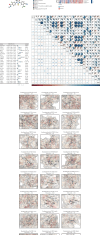
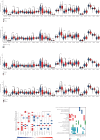


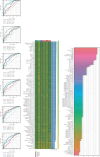
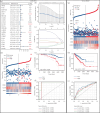
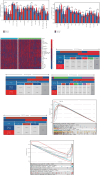


References
MeSH terms
Substances
LinkOut - more resources
Full Text Sources
Medical

